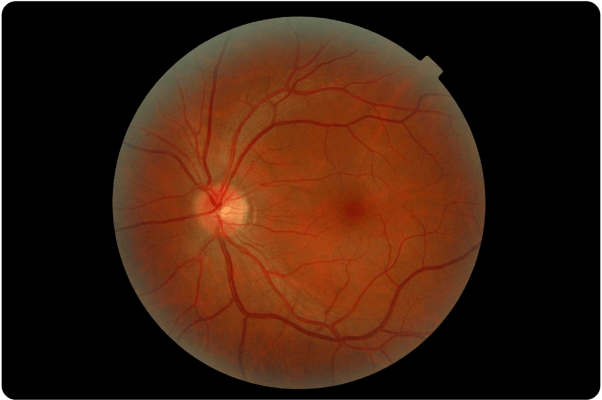A significant number of diseases and their symptoms are due to a malfunction or excessive production of certain proteins in the patients’ cells. Therefore, trying to reduce the production of these proteins may help to treat a disease.
Proteins are long chemical chains composed of a sequence of structural units called amino acids that serve many important functions in the body. They are vital for most of the work performed by cells and are necessary to maintain the structure, function and regulation of the body’s tissues and organs. Proteins have to be built in the right way for the whole gear of our body to work perfectly.
All the information needed to make any protein in the cell is inside the nucleus of the cell stored in the genes. These in turn are made up of segments of DNA that contain the specific code that carries the instructions that tell a cell how to produce a specific protein. Since DNA is a very large double-stranded molecule and contains a lot of information, it cannot leave the nucleus; for this, the cell uses an intermediate single-stranded molecule, messenger RNA, which is a partial copy of DNA and transports the information of interest out of the nucleus, enabling the synthesis of proteins thanks to ribosomes. While DNA contains the genetic information, it is RNA that allows this information to be understood by cells, serving as a guideline for protein synthesis. RNA is sized to pass through tiny pores in the nucleus into the cytoplasm, where ribosomes are located. Ribosomes are responsible for creating proteins. They must read the RNA, pick up amino acids and link them together to build a chain according to the previously indicated code of the RNA. As this chain grows, it bends and folds, sticks to itself, and gives rise to a protein that performs the actions inside the cell.
RNA-based interfering RNA (RNAi) drugs act at the level of the mRNA that carries the information of pathogenic or highly expressed proteins, initiating a process of mRNA destruction. Therefore, by reducing the pathological mRNA, the amount of pathogenic proteins produced is reduced accordingly. This allows the cells to return to their original functionality, and therefore the patient to a situation of normality. This process is called gene silencing.
Among the most important compounds that enable gene silencing are small interfering RNAs (siRNAs). siRNAs are small oligonucleotides with a double-stranded structure and a composition similar to that of DNA or RNA. Both DNA and RNA are composed of a combination of different letters T, C, G, A, (DNA) and U, C, G, A, (RNA). The combination of these allows the creation of different patterns that give rise to different instructions that are subsequently interpreted and translated by the ribosomes, giving rise to very different proteins. The particular combination of these letters is in turn related to the specificity and efficiency of function of the siRNAs. siRNAs are designed to be highly specific drugs and avoid potential unwanted effects. Thanks to the AI algorithms used during the design of siRNAs, risks associated with any drug, such as toxicological risks, are avoided from the beginning of their development.
Within the consortium, the company specializing in the design and development of these molecules, Sylentis, uses an advanced and powerful software platform, called SirFinderTM. From the design phase, a wide range of properties are controlled to substantially increase the possibilities of these molecules to be functional, not only in the in vitro phases of development, but also in the following stages of drug development, while presenting adequate chemical and pharmacological characteristics to facilitate their manufacture and commercialisation in case they reach the market.

 Español
Español








